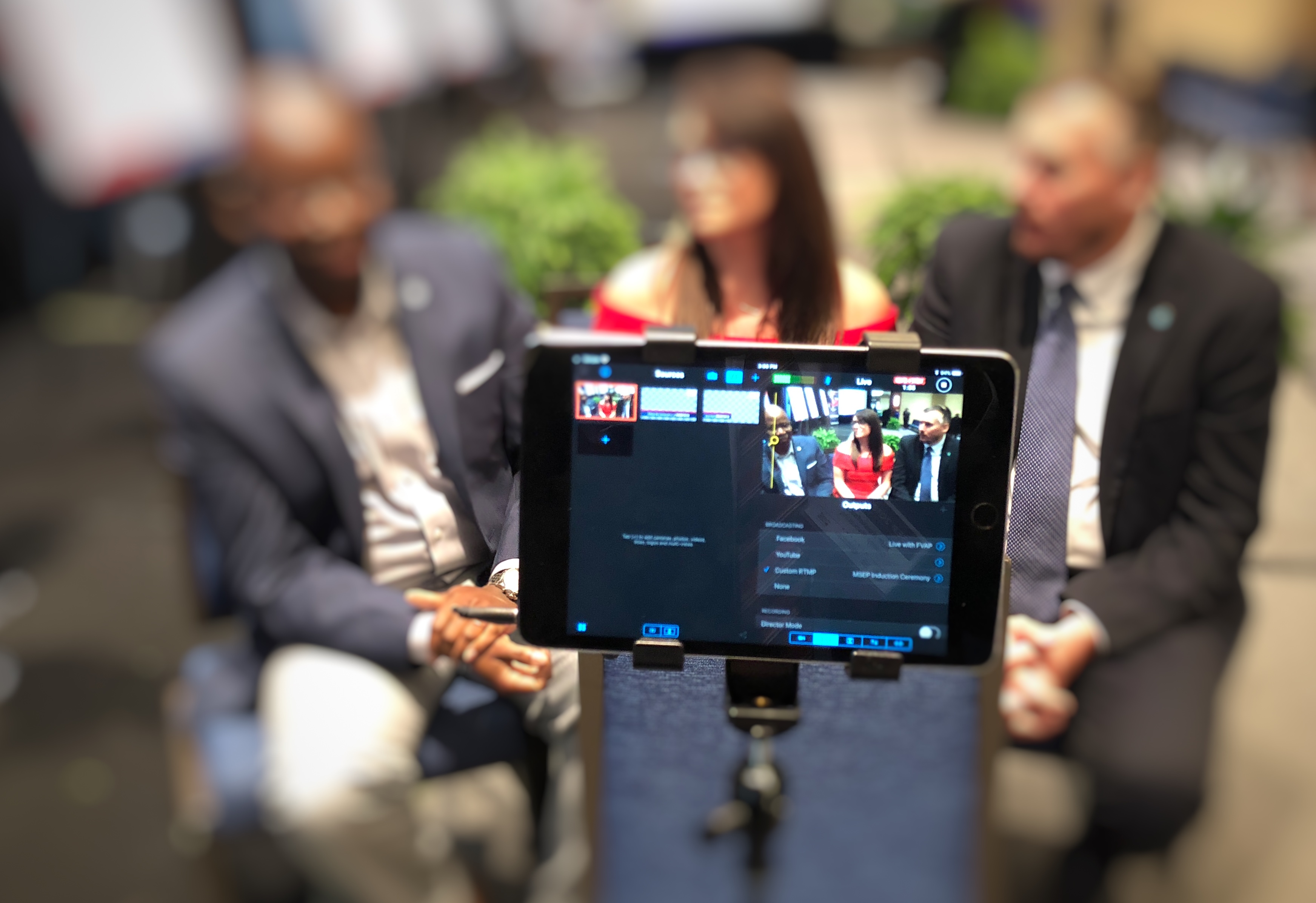-
Using the Rode SC6 Adapter
•
I had the chance to test out the Rode SC6 mic adapter a couple weeks ago during a Facebook Live broadcast. I plugged in two Rode smartLav mics for the two on-camera hosts. The adapter itself was plugged into an iPad Mini 4. I have to say the sound quality was crisp and the…
-

Facebook Live Essentials
•
I’ve had the opportunity to do all kinds of live streams on Facebook over the last year – events, sit-down interviews, small panel discussions, Facebook page takeovers – and I’ve determined that as long as you follow a few basic principles, your broadcast can be highly engaging and provide great value to your audience.…